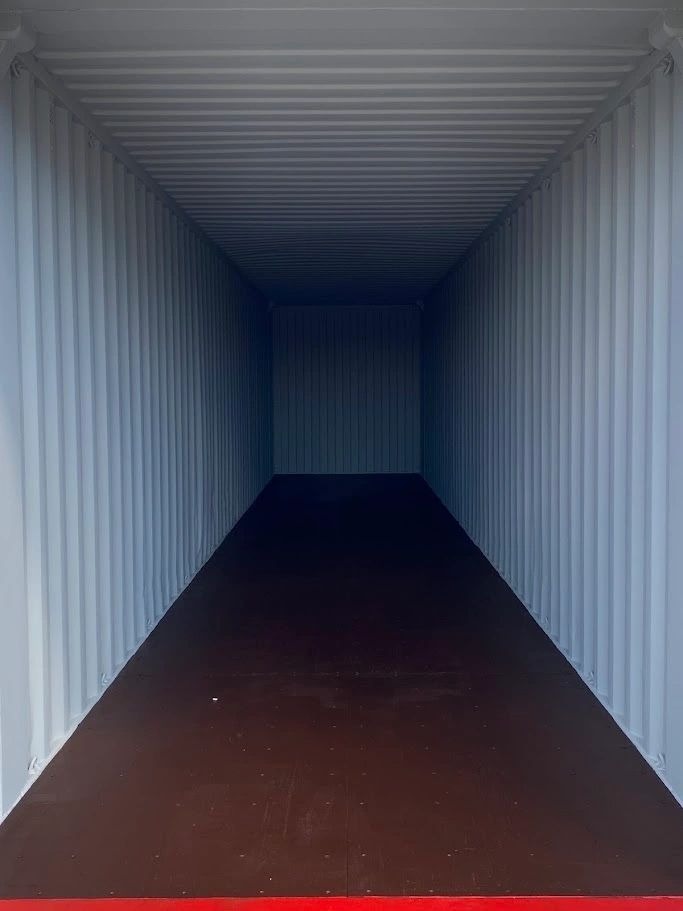14 Businesses Doing An Amazing Job At Shipping Container Sizes
Understanding Shipping Container Sizes: A Comprehensive Guide
Shipping containers have actually become vital worldwide of logistics and transport. Their adaptability and toughness make them the go-to choice for moving goods across nations and continents. However, selecting the ideal container size is important, whether you are a company owner seeking to ship products or an individual planning to transfer. This helpful guide aims to clarify the various shipping container sizes, their uses, and the important considerations when selecting one for your requirements.
Shipping Container Sizes Overview
Shipping containers can be found in numerous sizes, however the most common dimensions are 20-foot and 40-foot containers. The option of size mainly depends on the type of cargo, shipping policies, and specific logistics requirements. Below is an in-depth table highlighting the basic shipping container sizes:
Container Type
External Length
External Width
External Height
Internal Length
Internal Width
Internal Height
Volume (CBM)
Maximum Weight (kg)
20 ft Standard
6.058 m
2.438 m
2.591 m
5.898 m
2.352 m
2.385 m
33.2
30,480
40 ft Standard
12.192 m
2.438 m
2.591 m
12.032 m
2.352 m
2.385 m
67.7
30,480
40 ft High Cube
12.192 m
2.438 m
2.896 m
12.032 m
2.352 m
2.698 m
76.4
30,480
45 ft High Cube
13.716 m
2.438 m
2.896 m
13.556 m
2.352 m
2.698 m
85.0
30,480
10 feet Standard
3.048 m
2.438 m
2.591 m
2.91 m
2.352 m
2.385 m
15.5
10,160
Secret Features of Each Container Size
20 ft Standard Container:
- Widely used for basic cargo like equipment, electronic devices, and bulk materials.
- Suitable for smaller sized deliveries and when space is restricted.
40 feet Standard Container:
- Suitable for larger cargo loads, such as furnishings, cars, and industrial equipment.
- Typically favored for worldwide shipping due to its efficiency.
40 feet High Cube Container:
- Offers extra height for saving larger items without compromising volume.
- Frequently used in the shipping of bulky products or items that require more vertical area.
45 feet High Cube Container:
- Even bigger than the 40 ft high cube, this alternative optimizes storage for oversized freight.
- It is generally less typical however extremely beneficial for particular applications.
10 feet Standard Container:
- A practical option for smaller sized deliveries, short-term storage, or on-site construction requirements.
- Portable and easy to transport, making it a favored option for smaller services.
Elements to Consider When Choosing a Container Size
Selecting the right shipping container size isn't merely about dimensions; it includes a tactical consideration of several factors:
- Type of Cargo: Heavier or bulkier items might require larger or strengthened containers.
- Volume Requirements: Always examine the overall volume of products being shipped to prevent overloading or waste area.
- Transport Method: Different sizes might yield different costs regarding packing logistics and shipping costs.
- Destination Limitations: Some areas might have size constraints, especially for inland transport.
Frequently Asked Questions (FAQ)
1. What are the most typical usages for shipping containers?
Shipping containers are commonly used for carrying goods globally, as short-lived storage, and for converting into living areas or workplaces.
2. Are there specialized containers for particular cargo?
Yes, there are refrigerated containers (reefers), open-top containers, flat racks, and bulk containers developed for particular kinds of cargo.
3. How do I identify the ideal size for my shipment?
Computing the volume and weight of your products will assist you pick the suitable size. You can likewise talk to a shipping expert or logistics provider for advice.
4. Can High Cube Shipping Containers acquire a shipping container?
Yes, shipping containers can be purchased or leased. Different companies provide various sizes and conditions (new or used).
5. What are the weight limitations for shipping containers?
Most standard containers have a maximum weight limitation of approximately 30,480 kg (67,200 pounds), however this can differ based upon container type and guidelines.
Shipping containers are versatile tools for worldwide trade, with a range of sizes suited to accommodate different shipping needs. Comprehending the various dimensions, volumes, and weight capacities is important for businesses and individuals associated with shipping or logistics. Whether picking a container for business products, personal use, or innovative jobs, making an informed option will assist improve the shipping procedure and guarantee that cargo shows up safely and effectively.
Armed with the ideal knowledge about shipping container sizes and factors to consider, readers can navigate their shipping endeavors with self-confidence.
